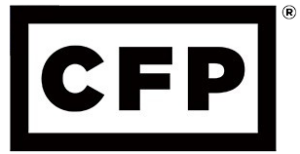There have been a number of stories insinuating all bank transactions above $600 may soon be reported to the IRS. It’s not only been in the news, but I’ve seen local banks email customers asking them to write into Congress to voice their concern! Banks, much like their customers, aren’t thrilled with this latest tax proposal due to privacy infringement and the general burden of reporting.
The proposal is an effort to “close the wealth gap.” But to me it seems like a direct attack on middle-class workers in the service industry who rely on tips. And for that reason, I wanted to look into this further to understand what the buzz is about.
The truth of the matter is that the proposal has nothing to do with individual transactions. Line items will not be reported to the IRS under the proposal. BUT – gross inflows and outflows for the year would be. And within those gross totals the amount of transactions that are cash deposits and withdrawals will also be tallied. This means the IRS may not see your weekly $1,000 cash deposits, but they would see a gross annual cash deposit of $52,000. And that would raise a red flag if your self-reported tip income was only $26,000 for the year.
On the flip side, for heavy cash outflows it may flag that you’re paying workers under-the-table, failing to file 1099-NEC, and/or gifting beyond the annual exclusion limits. So while the IRS wouldn’t receive the details behind your gross inflows and outflows, it’s not far-fetched that you’d have to be prepared to explain the gross figures should you be flagged.
So where did the $600 figure come from?
Gross transactions or account balances exceeding $600 trigger the requirement.
For example:
- A rarely used checking account with $200 that earns simple interest will not trigger reporting.
- A checking account with $1,000 that receives about $3,000 a month in cash deposits and $2,500 withdrawals in cash and direct payments would trigger reporting due to the balance and the transactions.





This Post Has One Comment
Pingback: Will my cash app and marketplace transactions be reported to the IRS? - North Andover Financial Planner | Powwow, LLC